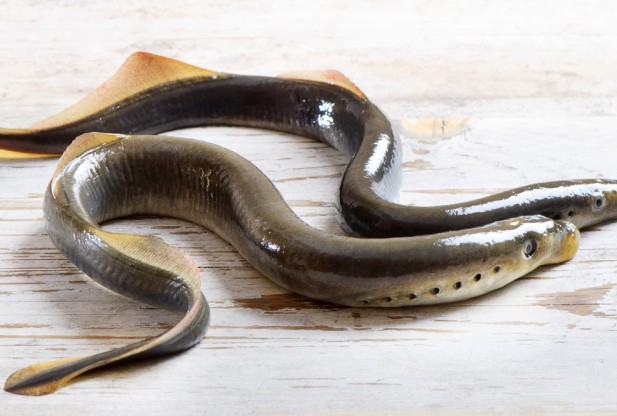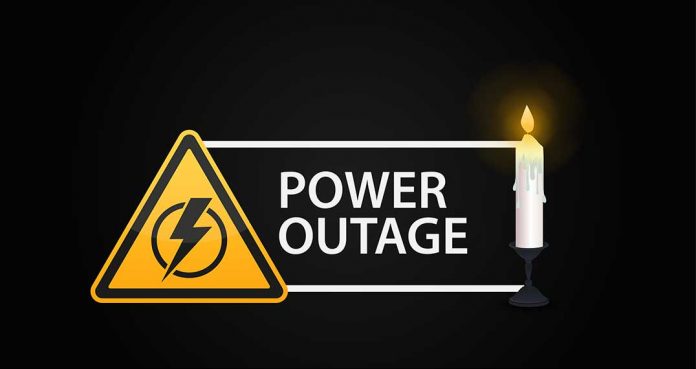ANN ARBOR MICHIGAN—A study soon to be released reveals that due to the COVID-19 pandemic forcing limited treatment control on sea lamprey, there was an increase in the invasive species numbers throughout the Great Lakes.
“When COVID-19 hit in 2020, it caused a 75 percent lapse in control treatments on all the lakes,” said Marc Gaden, communications director and legislative liaison with the Great Lakes Fishery Commission (GLFC). “In 2021 all the stakeholders involved we got back to limited controls but there was still another 25 percent less in lamprey control treatments.”
“We are back to normal in terms of lamprey control treatments in 2022, but we are seeing the survivors (lamprey) of the 2020 season,” said Mr. Gaden. “If you have a 75 percent cut in lamprey control treatments you would expect to see a significant number of lamprey come back to the lakes. We now have the data that proves this, and the number of lampreys being found in nets shows an increase in lamprey numbers. We are also hearing lots of reports of anglers catching fish with many scars on them caused by lamprey.”
“It is not surprising that the lamprey numbers bounced back so quickly when there was an easing of control treatments,” said Mr. Gaden, noting that all of his information takes in all the Great Lakes in Canada and the US.
Mr. Gaden explained, “the way the carp control cycle works is that we kill the larvae living in stream bottoms with lampricide and removing the larvae before they get back into the lakes. Lampricide kills 98 percent of larvae in a river that has been treated.”
“There are still enough survivors that they cause damage to the fishery and can come back and spawn in one and a half years when they are older,” said Mr. Gaden.
“The lamprey we were measuring this past spring were survivors from the 2020 lamprey control season who are coming from stream bottoms and coming back to spawn in 2022,” continued Mr. Gaden. “Through measuring their (lamprey) size we can determine that what was captured in the early summer (2022) are survivors from 2020.”
Mr. Gaden explained the 2020 and 2021 field season for lamprey control treatments was limited because of travel restrictions of agencies carrying out the control treatments due to COVID-19.
“Next year we will be measuring the survivors of 2021, but we don’t expect as big of an increase as we saw this year,” stated Mr. Gaden. “We are back to normal now in terms of treatment control and we are cautiously optimistic we will be able to weather the spike by treating lampreys aggressively over the next few years.”
Mr. Gaden explained that in the decade leading up to the pandemic hitting, stakeholders had been aggressively hammering the lamprey to bring their targets down to almost recommended targets for every Great Lake except for Lake Erie. “We were in as good a position as could be.”
“If there is a silver lining to all of this, it is that we had been well positioned in controlling lamprey up until the time that COVID hit and we should be able to get the numbers down to where they should be in less time,” said Mr. Gaden. He said that lamprey control is based on a partnership of the GLFC in both Canada and the US, and the Fish and Wildlife Service.
Along with lampricide Mr. Gaden said, “there is ongoing research to find other ways to control lamprey, one being the use of pheromones. The lamprey gives off odours that affect behaviour of other lamprey in waters. Sea Lamprey have a well-developed sense of smell, they can detect pheromones from other lamprey that indicated that there is good larvae in a lake or stream. And an adult male gives off pheromones that will attract female lamprey in a river. Just think what we could do with this measure, we could attract lamprey into a stream not conducive to spawning or one that has traps to catch them and where male lamprey can be sterilized,” said Mr. Gaden. “We are only limited by the imagination of scientists. We are pursuing all of these options from the laboratory to the field.”





